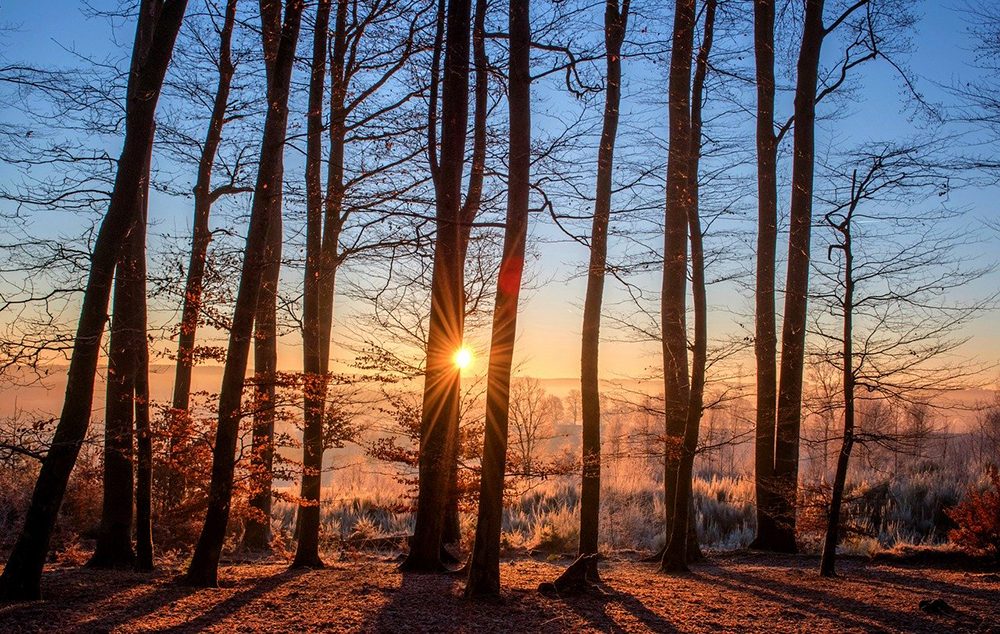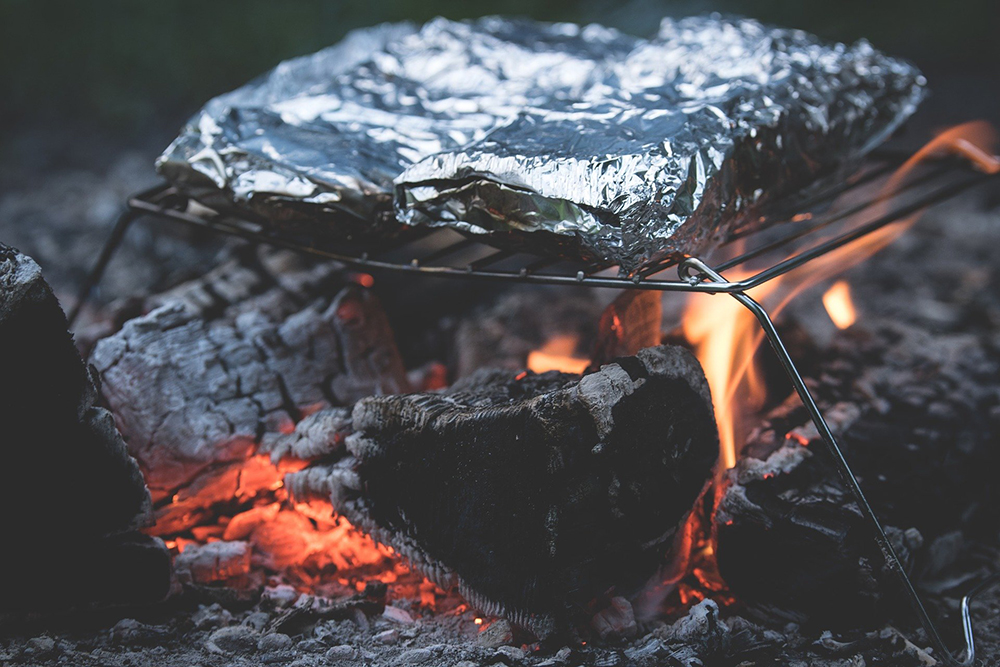You’ve probably heard of stealth camping and want to learn the art of it. Or, you might be someone who tried it but failed. Today, we’ve got some important stealth camping tips that can help you improve this endeavor.
Stealth Camping Tips to Heed
Stealth Camping takes the “Leave No Trace” principle of regular camping, to the next level: “Be No Trace.”
When you’re stealth camping, you want to become invisible to people and animals around you, as well as leaving little to no trace of ever having been in the area. Stealth camping is a great skill to develop for bugging out and can help you learn how to avoid being followed.
Practicing stealth camping does not have to mean you are doing anything wrong or illegal. But be sure that wherever you are camping is not private property or off-limits.
You can start by practicing stealth camping habits and techniques the next time you visit a trail or campground that you already frequent.
In stealth camping, you’ll want to address your location, shelter, attire, fires & food, as well as how you’re getting to your campsite and the tracks you’re leaving behind you.
All of these will vary from your usual camping setup.
Here are stealth camping tips to get you started:
1. Location

To hide your location, you’ll want to avoid any open fields and stay away from main trails and roadways. You can hide behind the heavy brush, but be sure that the campsite you choose is elevated, has flat areas, and has 2 entry/exit points so that you can leave in a hurry if someone finds you.
Ideally, you will have some areas of light brush that you can peer through to keep watch on your surroundings. Your location should be concealed so that the common person will have no idea it is there.
Another element to your location is the volume. A waterfall or rapids may create too much noise for you to hear someone approaching. A quiet spot in the woods will allow you to listen for footsteps and broken twigs.
2. Shelter
View this post on Instagram
A normal tent setup is not preferred for stealth camping. You’ll want a low-profile (below the waist) and easy to assemble/disassemble shelter.
Lean-to’s and a-frames work great in these situations, as long as they are not made with bright colors. You will want to prep as many of the elements of your shelter as you can in advance, including any knots you need to tie.
Carving tent stakes out of sticks is also a great idea because they can be abandoned if you leave quickly.
Setting up and breaking down your camp is something you’ll want to practice so that you can minimize the time spent creating and exiting your camp.
To help keep your shelter location private, it is recommended to set up camp at twilight, when you still have light to see, but you may be obscured from others’ vision.
3. Attire
FROGG TOGGS Men’s Classic All-Sport Waterproof Breathable Rain Suit, Mossy Oak Break-up Country, Large
- 100% Polyester
- Imported
Being camouflaged in the woods means more than just wearing olive drab. In addition to avoiding bright colors, you can consider the 8 S’s and the 3 C’s:
- Shape
- Shine
- Silhouette
- Saturation
- Shadow
- Still
- Silent
- Spacing
- Cover
- Camouflage
- Concealment
Think about the ways in which the human body and our gear differ from plants and animals that are native to the woods. Choose supplies that don’t reflect light or create bright white light. If you use a flashlight or headlamp, choose red or green light.
If you are beginning your stealth camping journey at a popular trailhead or campground, don’t get out of your car in a leaf suit or head-to-toe camouflage.
Blend in with your surroundings so as not to draw attention to yourself. As you get into the woods, you can conceal yourself more.
4. Fires & Food

The smells of fires and food are both dead giveaways to your campsite. Consider eating cold food, or only consuming food away from the campsite.
If you have to make a fire, dig a hole and make an underground or Dakota Fire Pit. If you do use a Dakota Fire Pit, take every precaution to make sure the fire does not spread and is out before you leave the campsite.
Keep the fire below ground level to help with drawing attention to yourself. You will still be able to smell the fire in the vicinity, and the fire pit leaves behind a lot of signs that you were there, but if you ventilate the fire well, there won’t be too much smoke visible from it.
5. Cover Your Tracks
If you drive to a campsite, your car will need to be parked near where you’re trying to stealth camp – not very stealthy. You can ride your bike, but then you have to keep your bike hidden as well.
Consider how you are getting to your campsite, and how you will cover your tracks once you do arrive.
Try to walk on the most durable ground that you can, specifically rocks and dead leaves. Walking on live plants will bend them in a way that can be tracked. When you walk on dirt or sand, dust your footprints out behind you.
Stealth camping requires considerably more preparation and practice than traditional camping. It is recommended to incorporate some of the elements of stealth camping into each trip you make so that you can get comfortable with different techniques.
Do you have any questions about stealth camping? We’d love to hear from you in the comments section!
Up Next:
- 3 Stealthy Concealed Carry Tricks
- 21 Camping Hacks For Beginner Campers
- Tent vs. Hammock Camping: And The Winner Is…


